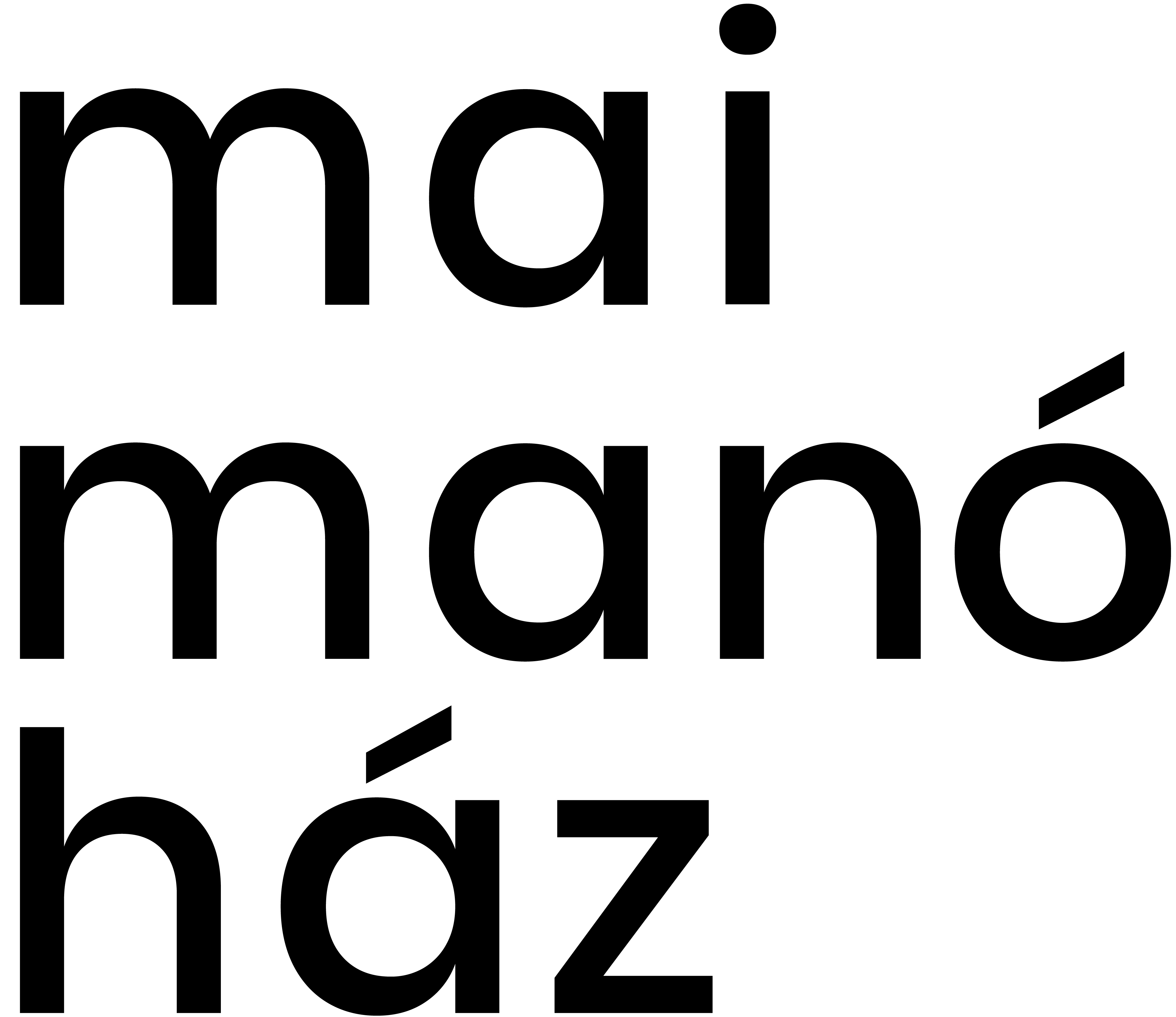The House
Mai Manó, Imperial and Royal Court Photographer (1855-1917) had his eight-story studio-house and home built in fourteen months in 1893-94.
A professional photographer and specialist, in his time he was one of the best specialists of child portraits. His status in the professional community of that time is uncontested. He was also the founder and editor of the periodical called A Fény (The Light, launched in 1906) The building’s richly decorated neo-renaissance façade clearly served ideological purposes: Mai Manó wanted to lend a past to the young trade, hardly considered to be a form of art by anyone at that time. Take the majolica putti between the ground floor and the mezzanine or the façade paintings on the third floor showing the “six muses of photography”.
Actual photographing took place in the Sunlight-studio on the second floor, we restored in 1996-97. During the restoration, we found the original frescoes hiding bethind the white wallpaper for decades. These used to serve as background for Mai’s portraits. His studio worked in the house for four decades, until 1931. It was followed by a luxury-bar, Arizona, which was closed in 1944.
After the Second World War, a number of institutions and companies moved into the house and a few private apartments were separated as well. In spite of all the vicissitudes, the house kept its original character. It was declared a piece of national heritage in 1996 considering its special architecture, ornaments and industry-historical significance. While the idea to turn the House into a centre of photography resurfaced countless times throughout the decades, the plan’s realization waited for the perseverance and hard work of three zealous persons: Magdolna Kolta, Károly Kincses, and András Bánkuti. Hungarian House of Photography, or as its friends call it, Mai Manó House open since November, 1998. The reconstruction of the building – has been sponsored by the Hungarian State and planned by Szántó and Mikó Architects – is not far from completion.
EXHIBITION HALLS
Mai Manó House presents its exhibitions on three floors.
On the mezzanine, in Kis Manó Gallery – in the bookshop – we organize small-scale exhibitions, sometimes from the works of debutant photographers.
In the four rooms interconnected on the first floor, we organize thematic shows, group-presentations, retrospective exhibitions of classic masters from home and abroad.
On the second floor, in the rooms next to Mai Manó’s Sunlight studio, the retrospective exhibitions may continue or we present a coherent series of photographs.
Our choices are based on quality, not style, which results in a miscellaneous variety of exhibitions, and a colourful overview of the field of photography. We focus on contemporary, sometimes classic works of art.
DAYLIGHT STUDIO
The famous Daylight Studio of Mai Manó House is located on the second floor, which visitors reach on the original carved wooden staircase leading up from the spacious first floor gallery. The landing on the second floor is decorated by the windows of the famous glass-artist, Miksa Róth.
We have restored the upper-middle class style photographical studio in its original splendour to make it one of the most exquisite sunlight studios in Europe again. The frescoes serving as the background on the photographs of that by-gone age are visible now in their original beauty. This representative space on the second floor is still the most practical and most elegant location in Budapest for studio-photography with sunlight. But it also houses art events, book presentations, and it can be rented for photographical activity or various social events.
THE HOUSE OF MAI MANÓ IN NAGYMEZŐ STREET
Mai Manó House – The Hungarian House of Photographers – operates in a studio-house built at the end of 19th century, for the commission of Mai Manó (1855-1917), Imperial and Royal Court Photographer. This special, eight-story neo-renaissance monument is unique in world architecture: we have no knowledge of any other intact turn-of-the-century studiohouse. In addition, it serves its original goal, the case of photography again.
The aim of Mai Manó House is to advance the development of Hungarian photography and raise photography’s national prestige as a distinct form of art.
The institution plays a marked role in the cultural life of Budapest and Hungary, while the organization of exhibitions and programs abroad is getting more and more emphasis within its activities. The reputation of justly world-famous Hungarian photographers of the 20th century offers a great opportunity to regain our old status in the world of photography by the introduction of the generations following those great masters
In the future Mai Manó House, plans to broaden its activities in order to become one of the determinant centres of photography and visual culture in Europe.
